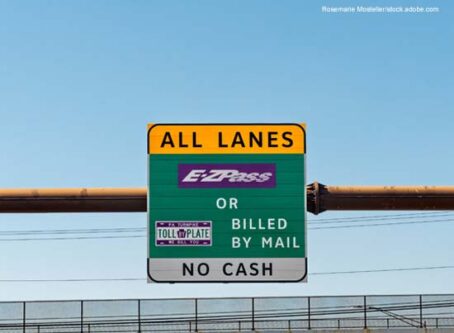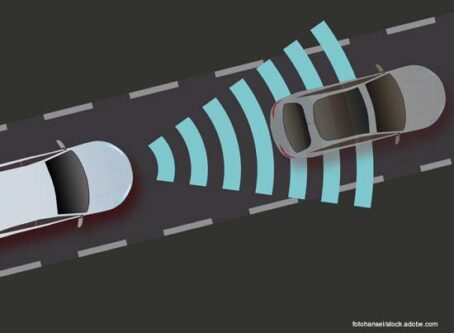Michigan adopts revision to speed limit rule
A new Michigan law is intended to address “flaws” in how the state sets local roadway speed limits.
Michigan law states that an engineering and safety study must be conducted to modify a speed limit. Additionally, speeds on state and local roads must be rounded up to the nearest multiple of 5 mph of the 85th-percentile standard.
Gov. Gretchen Whitmer has signed into law a bill to update how the state observes the 85th-percentile speed rule – the speed at or below which 85% of vehicles travel in free-flowing traffic. House lawmakers approved the bill on a 100-10 vote. The Senate followed suit by unanimous consent.
Sponsored by Rep. Bradley Slagh, R-Zeeland, HB4012 gives the state flexibility to round down the 85th-percentile speed when necessary.
Local officials could set the speed limit to any multiple of 5 mph within 5 mph of the 85th percentile.
Slagh has used the example of the 85th-percentile speed on a roadway with an average speed of 37.6 mph. His bill would give the state flexibility to set the speed at 35 mph, instead of requiring an increase to 40 mph.
He added that the bill also removes the requirement that local governments complete an engineering and safety study to alter a speed limit. Instead, a modified speed limit could be determined in accordance with traffic engineering practices that provide “an objective analysis of the characteristics of the highway.”
Additionally, the speed limit is permitted to be set below the 85th percentile if an engineering and safety study shows a situation with hazards to public safety that are not reflected by the 85th-percentile speed. A speed limit could not be set below the 50th-percentile speed.
New Jersey
Action is also underway at the New Jersey statehouse that covers the 85th-percentile formula.
Sponsored by Sen. Declan O’Scanlon, R-Monmouth, S1652 would use the formula to set speed limits on limited-access highways that include the New Jersey Turnpike and Garden State Parkway.
If approved, the New Jersey Department of Transportation and other state traffic agencies would be able to use 85th-percentile studies to set speed limits.
O’Scanlon has said that adopting the formula is a better option for setting speed limits than relying on politicians and officials to make the correct decision.
He added that the change would result in “the smoothest, safest level of traffic flow and inflict the least amount of arbitrary punishment on people behaving reasonably.”
The bill is in the Senate Transportation Committee. LL









